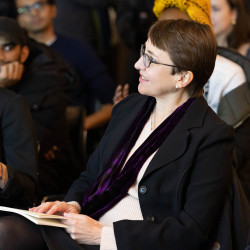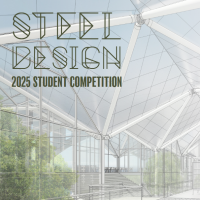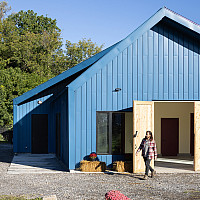Erika Naginski is an architectural historian of the early modern period whose research interests include aesthetic philosophy, theories of public space, and the critical traditions of architectural history. She holds the Robert P. Hubbard Chair in Architectural History at the Graduate School of Design, Harvard University. Books and edited volumes include Polemical Objects (2004), Sculpture and Enlightenment (2009), The Return of Nature (2014) with the architect Preston Scott Cohen, and Paths, Sounds, Ruins: Imagining Architecture in Candelaria (2017) with the architect Jorge Silvetti. Before joining the GSD faculty, she taught at the University of Michigan and MIT. She has been the recipient of fellowships from the Harvard Society of Fellows, Radcliffe Institute for Advanced Study, Deutsches Forum für Kunstgeschichte, John Simon Guggenheim Memorial Foundation, and Sterling and Francine Clark Art Institute (where she also held the Robert Sterling Clark Visiting Professorship).
Quick links
Syracuse Architecture
- home
- school
- programs
- admissions
- people
-
resources
- Resources
- Academic Advising
- Calendar
- Career Services
- Lecture Archive
- Library Services
- Living Learning Communities
- Lou Kearns Supply Store
- Room Availability
- Scholarships
- Student Organizations
- Technology
- alumni
Erika Naginski
201 Slocum Hall
Syracuse NY 13244
(315) 443–2256
Contact Us
school
programs
admissions
people
resources
- Resources
- Academic Advising
- Calendar
- Career Services
- Lecture Archive
- Library Services
- Living Learning Communities
- Lou Kearns Supply Store
- Room Availability
- Scholarships
- Student Organizations
- Technology












